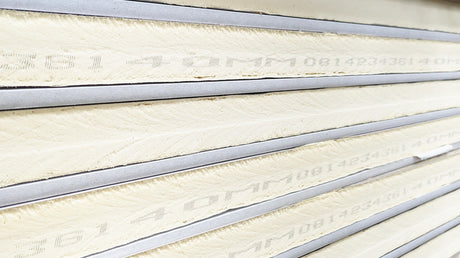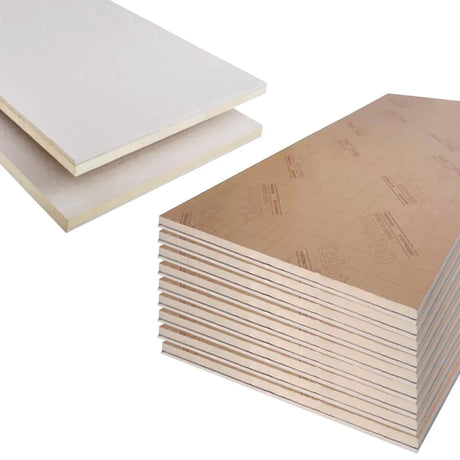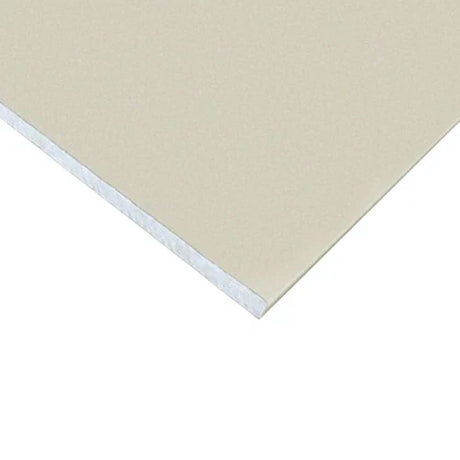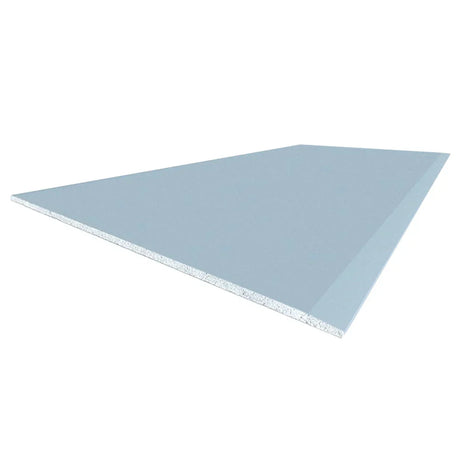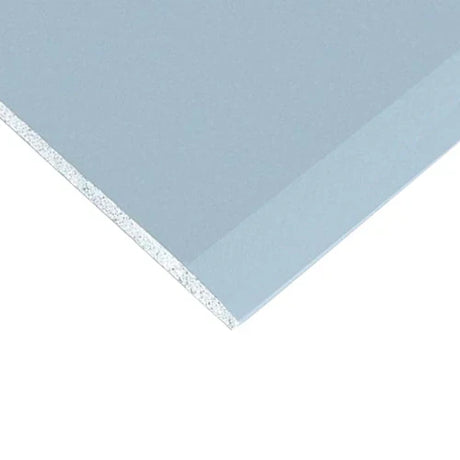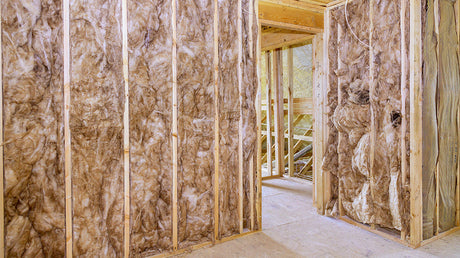Acoustic plasterboard does indeed work, but understanding its capabilities and limitations is essential for achieving satisfactory noise reduction results. Unlike standard plasterboard, acoustic variants are specifically engineered to attenuate sound transmission through walls and ceilings by combining increased density with specialised core materials.
How Acoustic Plasterboard Functions
The effectiveness of acoustic plasterboard stems from several key design principles that address different aspects of sound transmission. Premium acoustic boards from British manufacturers like British Gypsum (Gyproc SoundBloc) and Knauf (Soundshield Plus) utilise a combination of these techniques to achieve superior performance:
Enhanced Density and Mass Acoustic plasterboards typically feature higher mass per unit area than standard options. This increased density helps reduce sound transmission through the fundamental principle of mass law—heavier barriers naturally impede sound energy transfer. Premium acoustic boards often weigh 12-15kg/m² compared to 8-10kg/m² for standard boards, providing measurable improvement in sound attenuation.
Viscoelastic Core Materials Advanced acoustic plasterboards incorporate viscoelastic polymers or similar dampening materials within their gypsum core. These materials convert sound energy into minute amounts of heat through friction between molecules, effectively dissipating acoustic energy rather than transmitting it. This property is particularly effective against mid to high-frequency sounds such as speech or television noise.
Composite Construction The most sophisticated acoustic plasterboards feature composite construction with multiple layers of different densities. This laminated approach creates impedance mismatches that reflect and scatter sound waves at each material boundary, preventing direct transmission through the board. UK manufacturers like British Gypsum have developed proprietary technologies such as their "Blue Acoustic" range that optimise this multi-layer approach for specific frequency ranges.
Performance in Real-World Applications
The real-world performance of acoustic plasterboard depends significantly on proper integration into a complete acoustic system. When installed as part of a well-designed sound-resistant construction that addresses all sound transmission paths, acoustic plasterboard contributes to significant noise reduction.
For partition walls between rooms, replacing standard plasterboard with acoustic variants typically improves sound reduction by 3-5dB when used in otherwise identical constructions. While this might seem modest, it represents a noticeable improvement in perceived noise levels, as a 5dB reduction equates to approximately 25% less perceived loudness.
For ceiling applications, especially in conversion projects or multi-occupancy buildings, acoustic plasterboard combined with proper joist insulation can improve sound insulation by 8-10dB compared to standard plasterboard ceilings, making a significant difference to impact noise transmission from floors above.
Limitations and Considerations
While acoustic plasterboard is effective, it has important limitations to consider:
Low-Frequency Performance Constraints Acoustic plasterboard alone offers limited attenuation of low-frequency sounds such as bass notes from music or the rumble of heavy vehicles. These low-frequency vibrations require additional treatment strategies such as decoupled constructions or specialised isolation systems.
Complete System Dependency The performance of acoustic plasterboard depends heavily on the entire wall or ceiling system. Even premium acoustic boards will deliver disappointing results if flanking transmission paths (sound travelling around rather than through the barrier) are not addressed. This includes penetrations for electrical outlets, gaps in construction, and rigid connections that bypass the acoustic barrier.
Installation Quality Impact The effectiveness of acoustic plasterboard is particularly sensitive to installation quality. Improper fixing methods that create rigid connections through the board, inadequate sealing at perimeters, or incorrect joint treatment can significantly compromise acoustic performance.
For optimal results, acoustic plasterboard should be viewed as one component in a comprehensive acoustic strategy rather than a complete solution. When properly specified and installed as part of a well-designed system, it makes a valuable contribution to improved sound insulation in residential and commercial spaces.



